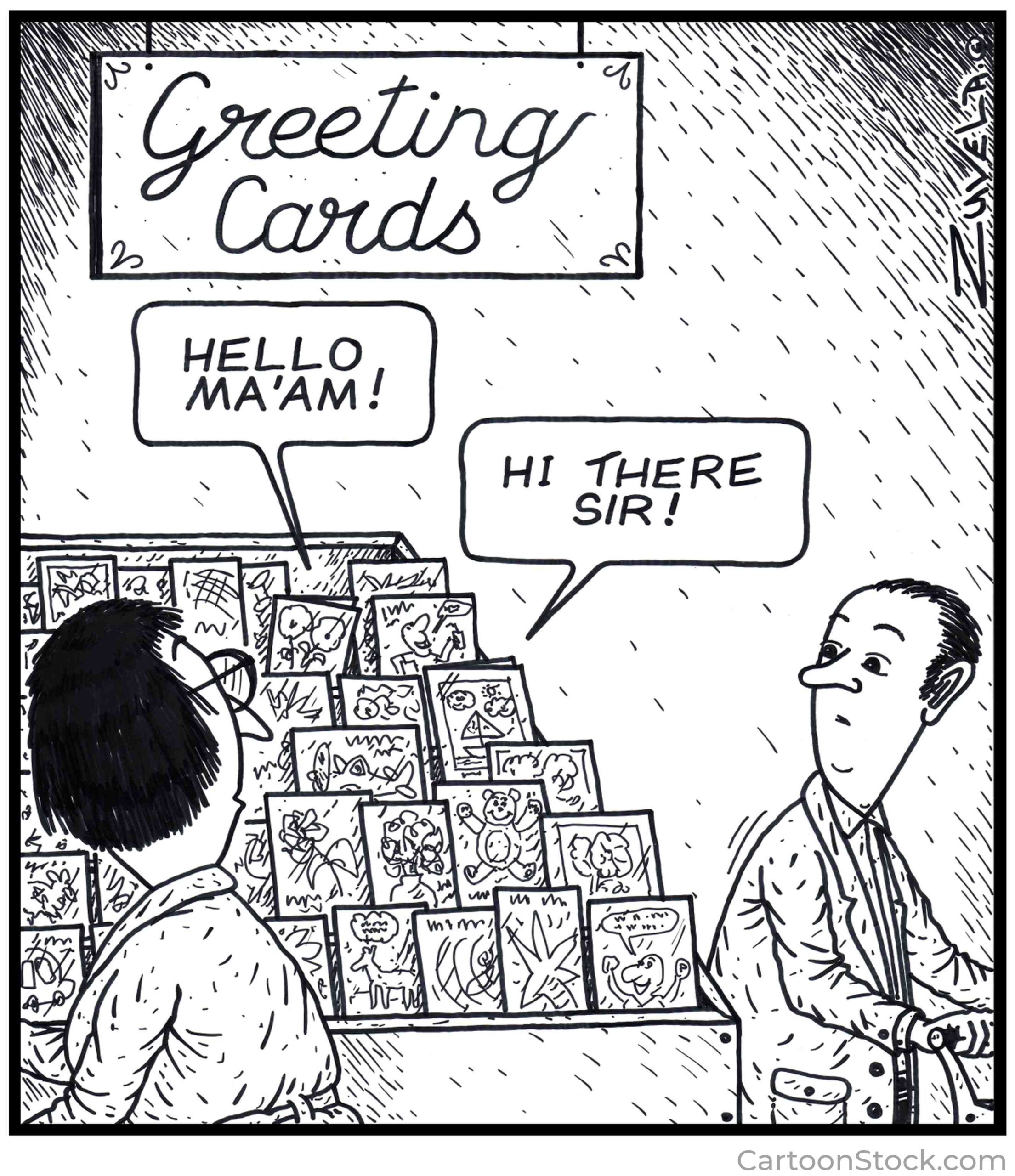
I recently went to the emergency room with severe vertigo. My world was spinning.
In the first 30 minutes of being in the ER, as expected, many staff members came and went into my room. Nurses, clerks, helpers, technicians, custodians, physicians…it was a busy place.
Each person who entered my room greeted me, which was good. But some greetings were more appropriate than others. For instance, some greeted me with a smile and an upbeat greeting, “Hi, how ya doing?”
I was tempted to say, “How do you think I’m doing? I’m in the ER with acute vertigo. Why are you greeting me like I just sat down at a fast-food restaurant?”
But I sensed they were good-hearted, well-meaning people so I said something like, “It’s been a challenging day.”
The physicians were more subtle and emotionally tuned. They would greet me with “Hello, I’m Dr. ____. I’m here to help you. What’s been happening?”
The experience reminded me of the importance of carefully crafting appropriate greetings.
Greetings are important. Whenever we come in contact with another human we need to graciously acknowledge his or her presence using carefully chosen words and appropriate body language. A proper greeting creates a friendly social space and a pleasant beginning to conversations. But in each instance, we should evaluate the social setting and the person we’re greeting, and customize an appropriate greeting.
Phone calls can be particularly tricky because we’re not privy to where a person is or what’s happening in her life at that specific moment, whereas when we’re physically with someone (like in an ER) it’s easier to appraise what’s happening and assess their emotional state.
Recently I blew it. I called a friend who was suffering with depression and started the conversation with a cheerful, “Hey Charles, how are you doing?” I should have said, in a subdued tone, “Charles, this is Don. I’ve been thinking about you lately. I know you’re going through a difficult time.”
Verbal greetings are important; if we neglect this social norm, we’ll appear unfriendly. But don’t depend on generic, one-greeting-fits-all-situations type greetings. Take a split-second to evaluate each setting and craft a proper salutation.



